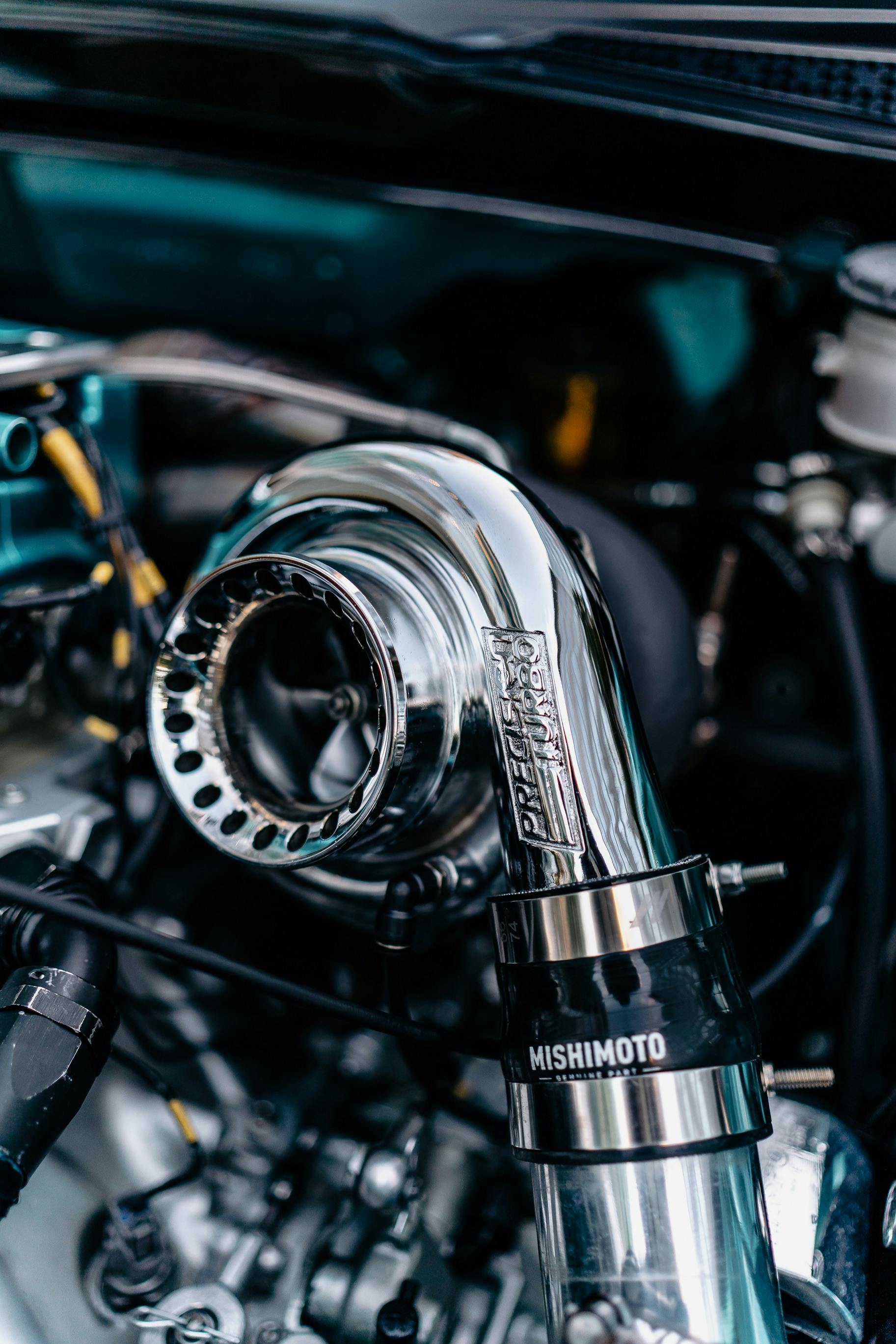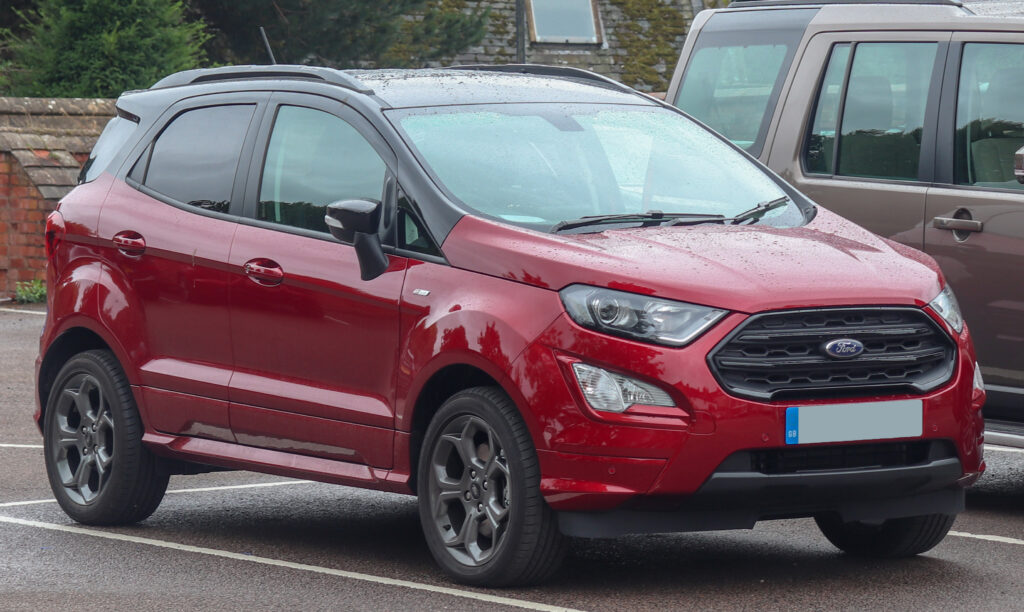
Buying a used car can feel like an exciting adventure, full of the promise of a great deal and reliable transportation. However, it also comes with its share of unknowns. One of the biggest questions that often lurks in the background is whether a seemingly well-maintained vehicle might have had a more demanding past life—perhaps as a rental car, a taxi, or even a police vehicle. Understanding this previous usage is not just a matter of curiosity; it’s a critical step in making an informed decision, protecting your investment, and ensuring your safety on the road.
The market for used cars is vast and constantly evolving, especially with major rental companies selling off significant portions of their fleets. This means more vehicles with a rental history are entering the consumer market, often offering attractive price points. While these cars can indeed present excellent value, they also come with a unique set of considerations that every prospective buyer should be aware of. Our goal here is to empower you with the knowledge and tools needed to confidently navigate the used car market, allowing you to spot the telltale signs of a former rental or taxi and ultimately secure a vehicle that truly meets your needs and expectations.
In this comprehensive guide, we will delve deep into the world of used car sales, arming you with practical strategies, clear checklists, and expert insights to help you uncover the true history of any vehicle you’re considering. From scrutinizing official reports to conducting thorough physical inspections and asking the right questions, we’ll cover everything you need to know. By the end of this article, you’ll be well-equipped to make a smart, confident purchase, avoiding potential pitfalls and driving away with peace of mind.

1. **The Hidden Life of Rental Cars: Understanding Their Journey**The rental car industry is a colossal multi-billion-dollar market, serving a diverse clientele from travelers and business professionals to families on vacation. Companies like Enterprise, Hertz, and Avis manage massive fleets, leasing vehicles to customers for short-term periods. These cars, essential to their business model, are typically replaced quite frequently, often every 12 to 18 months, depending on the company’s specific policies. This rapid turnover is driven by the need to maintain a modern, appealing fleet and to minimize the significant depreciation losses that rental cars incur.
Once these vehicles reach a certain mileage or age, they enter the used car market, primarily through auctions or direct sales to dealerships. Crucially, their rental history is “often without disclosing their rental history” to the public, adding an extra layer of complexity for buyers. The motivation behind these sales is multi-faceted: it’s about minimizing depreciation, generating additional revenue, and consistently refreshing the fleet with newer models. This continuous cycle means a steady stream of ex-rental cars becomes available, presenting both opportunities and challenges for consumers.
Given that these cars are part of a business operation, their usage patterns differ significantly from privately owned vehicles. They are designed for reliability and utility, serving countless drivers over their relatively short time in service. Understanding this operational background is the foundational step in assessing whether a former rental car is the right choice for your needs. It helps set realistic expectations regarding wear, features, and overall condition, allowing you to approach your potential purchase with a clear perspective.
Read more about: Navigating the Digital Road: Which 2025 Cars Offer the Best Infotainment Usability?

2. **Weighing Your Options: Risks vs. Rewards of Ex-Rentals**While the prospect of acquiring a former rental car might seem like a budget-friendly option, it’s essential to approach it with a balanced understanding of both its potential drawbacks and benefits. On one hand, “buying a former rental car comes with several risks.” These vehicles are “often driven more aggressively,” which inevitably leads to “higher mileage” accumulation and increased “wear and tear” over a shorter lifespan compared to private vehicles. Furthermore, there’s a concern that “rental cars may not receive regular maintenance,” potentially resulting in “costly repairs” down the line. Hidden problems that are “aren’t disclosed to buyers” also present a significant risk.
Conversely, there are compelling reasons why former rental cars can be a smart purchase. A primary advantage is their “lower Purchase Price,” making them an “attractive option for budget-conscious buyers.” This price difference often reflects their high-volume sales model and the rapid depreciation they experience. Moreover, despite concerns about neglect, “Rental companies typically maintain their vehicles regularly,” meaning you could be “getting a well-maintained vehicle at a lower price.” They need their vehicles to be operational for business, so consistent servicing, at least on a schedule, is often a priority.
Ultimately, the decision to buy a former rental car depends heavily on a careful evaluation of these factors in relation to your personal priorities and budget. Are you willing to accept potentially higher mileage for a lower upfront cost? Do you prioritize a vehicle with basic features over luxury add-ons? By understanding these trade-offs, you can make a more informed choice that aligns with your specific automotive needs, rather than being swayed solely by an appealing price tag.

3. **Your First Line of Defense: The Vehicle History Report (VHR)**When considering any used car, especially one with a potential rental history, the Vehicle History Report (VHR) stands as your most crucial investigative tool. This detailed document provides a comprehensive overview of a car’s past, including its ownership history, any reported accidents, and records of major repairs. Obtaining a VHR is straightforward, with services like Carfax, AutoCheck, VehicleHistory, and VinCheck offering these reports. While some sites charge a fee, “Paying more typically provides a more comprehensive picture of the car’s history and an assessment of whether it is worth buying.”
The first step in leveraging a VHR is to locate the car’s unique 17-character Vehicle Identification Number (VIN). This alphanumeric code is the key to unlocking the car’s entire history and can usually be found on the car’s windshield, interior, or provided by the seller. Once you have the VIN, scrutinize the VHR for specific red flags indicating former rental use. Look for “Rental company ownership,” which is a direct confirmation. Pay close attention to “Frequent ownership changes”; if the vehicle has had multiple owners in a short period, it strongly suggests a rental past, as these cars are routinely cycled through fleets.
Another critical data point in the VHR is mileage. “If the vehicle has accumulated high mileage in a short period, it may have been driven aggressively,” a common characteristic of rental vehicles. Rental cars “typically accumulate between 20,000 to 40,000 miles per year,” which is significantly higher than the average private vehicle. While high mileage isn’t automatically a deal-breaker, especially if the price reflects it, combining this with ownership patterns gives you a powerful indicator of how the car was likely used, empowering you to negotiate effectively or reconsider if the history raises too many concerns.
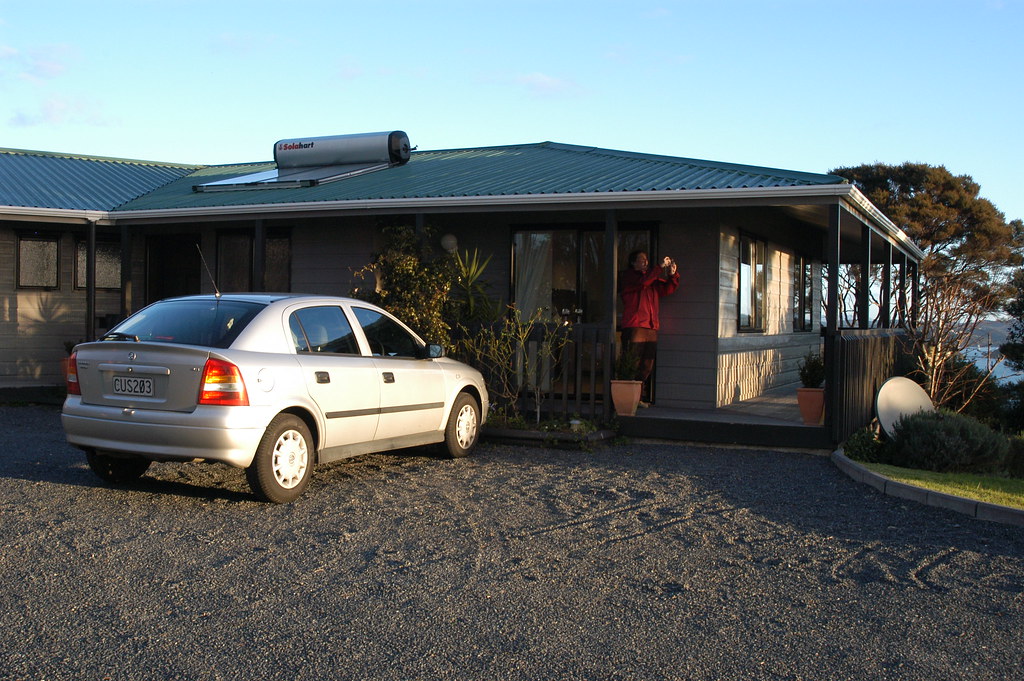
4. **Beyond the Report: A Deep Dive into the Rental Car’s Physical Condition**While a Vehicle History Report provides invaluable insight into a car’s documented past, a thorough physical inspection is absolutely non-negotiable for identifying signs of former rental use. The aggressive driving and frequent use associated with rental vehicles often leave distinct traces of wear and tear that won’t always appear on a report. Begin by examining the tires and brake pads. “Excessive wear on tires and brake pads” can indicate that the car has been driven hard or has accumulated significant mileage without diligent attention to these critical components.
Next, focus your attention on the interior, as this area often bears the brunt of multiple users. Look for “Interior wear and tear, such as stained upholstery or worn-out carpets.” These signs can be a direct result of different individuals, sometimes less careful, using the vehicle daily. Pay attention to all surfaces that passengers and drivers frequently touch: the steering wheel, gear selector, door panels, and even the rear seats. While all used cars show some wear, an unusual degree of deterioration for the vehicle’s age can be a strong indicator of heavy, multi-user operation.
Finally, inspect the car’s exterior for “Scratches, dents, or other cosmetic damage.” While minor imperfections are common in any used vehicle, a pattern of numerous small dings or touch-ups might suggest a history where the car was less carefully handled. Rental cars are often returned with minor bumps and scrapes, which are quickly addressed to prepare them for the next customer, sometimes without meticulous repair. A comprehensive visual check, combined with the VHR, creates a holistic picture of the car’s true condition and potential prior life.

5. **Direct Questions, Clear Answers: Engaging with the Seller**Even after reviewing a Vehicle History Report and conducting a detailed physical inspection, the seller remains a crucial source of information. Don’t hesitate to “ask the seller about the vehicle’s history.” This direct interaction allows you to gather nuanced details that reports might miss and gauge the seller’s transparency. A reputable seller should be willing and able to answer your questions forthrightly, providing clarity rather than evasiveness.
One of the most important inquiries you can make is to “Ask for maintenance records and review them carefully.” While rental companies often maintain their fleets regularly, seeing actual documentation provides concrete evidence. Look for consistent service intervals and what types of repairs were performed. If the records are spotty or non-existent, it should raise a red flag. A complete maintenance history not only confirms a vehicle’s care but also offers insights into potential ongoing issues.
Furthermore, “Inquire about the vehicle’s ownership history and any previous accidents.” Even if the VHR shows multiple owners, understanding the nature of those ownership changes can be revealing. Was it part of a large fleet, or did it pass through several individual hands? This conversation can sometimes bring to light details about its rental past that were not explicitly stated. Finally, “Check if the seller is willing to provide a warranty or guarantee.” A seller confident in the vehicle’s condition, even a former rental, may offer some form of assurance, which adds an extra layer of peace of mind to your purchase.
Read more about: Hal Lindsey: Unpacking the Enduring Legacy of the ‘Late Great Planet Earth’ Author at 95
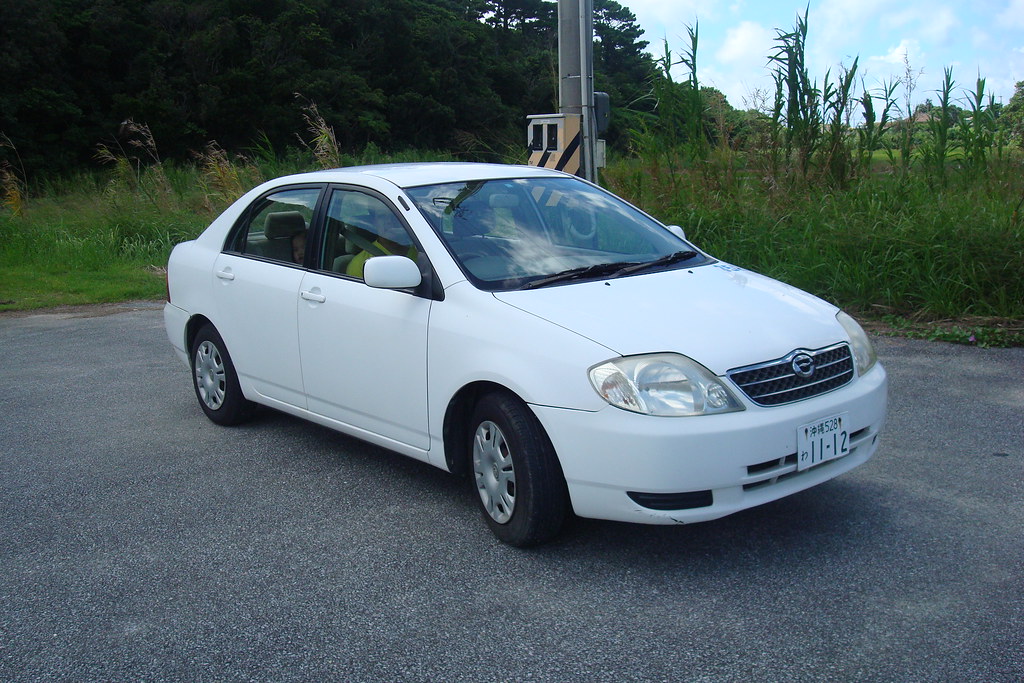
6. **Smart Shopping: Where to Find and Purchase Ex-Rental Vehicles**For budget-conscious buyers, knowing where to specifically look for former rental cars can be a strategic advantage, as these vehicles are often sold directly by the rental companies themselves or through their dedicated sales channels. These specialized outlets frequently offer structured purchasing processes designed to attract buyers looking for reliable, if often no-frills, transportation. These companies often “offer attractive financing options, low, ‘no-haggle’ prices, comprehensive warranties and the option to test drive the vehicle for several days.”
Several major rental companies operate their own used car sales divisions, providing a direct pipeline to their retired fleets. “Avis Car Sales,” for example, allows you to “search the make, models, styles and prices of cars available near your home.” Similarly, “Enterprise Car Sales” is highlighted as “another good place to land a good buy,” noting that it often dedicates sections of its website to recent models, such as “2020 models.” Even higher-end brands can be found through sales channels like “Sixt Car Sales,” which “sells a range of brands, including higher-end names like Cadillac and Jaguar.”
While “Hertz Car Sales” locations were noted as “temporarily closed” in the wake of bankruptcy with “plans to reopen these locations remains uncertain,” the general trend is that direct-from-fleet sales offer a degree of transparency and consistency that can be appealing. By focusing your search on these established channels, you can often find a wide selection of vehicles, clear pricing, and the added benefit of company-backed warranties, making the process of buying a former rental car much more predictable and secure than a private sale or general used car lot.

7. **The General Rule of Thumb: When to Seek Professional Inspection**Regardless of whether you suspect a car was a former rental or a taxi, or if its history seems perfectly clean, one piece of advice consistently stands out: always consider a professional pre-purchase inspection. This is perhaps the single most crucial step any buyer can take to safeguard their investment and gain genuine peace of mind. A certified mechanic can uncover potential issues that are not apparent to the untrained eye or not disclosed in vehicle history reports, providing an objective assessment of the car’s true mechanical condition.
A professional inspection is particularly vital “if you have any doubt that the car has been used harder than normal by a government agency or a taxi service.” While this service “can sometimes cost well in excess of $100,” the expense is almost invariably “worth the peace of mind.” It offers a layer of protection against unexpected and potentially costly repairs shortly after purchase. The mechanic will typically check everything from engine performance and transmission health to suspension components, braking systems, and electrical functions, often identifying wear and tear consistent with heavy usage.
Moreover, a detailed inspection empowers you with significant leverage during price negotiations. If the mechanic identifies legitimate issues, you can use this information to request repairs from the seller, ask for a discount, or, if the problems are severe, walk away from the deal altogether. This proactive approach ensures you’re not just buying a car, but investing in a vehicle whose condition has been independently verified, ultimately making your used car purchase a more confident and less risky endeavor.
Navigating the used car market requires a sharp eye and a methodical approach, especially when a vehicle might have lived a demanding previous life. While former rental cars have their own unique considerations, vehicles that once served as taxis or even police cars present an entirely different set of challenges and telltale signs. These vehicles are subjected to intense, often non-stop usage, pushing their components to the limit far beyond what a typical private car experiences. Understanding these specific indicators is paramount to making an informed and confident purchase, ensuring you don’t inherit a legacy of wear and tear that could lead to unexpected costs.
Our aim in this section is to equip you with the advanced detection strategies needed to unmask a former taxi or police vehicle. We’ll delve into interpreting subtle, and not-so-subtle, clues that point to a hard-working past. From scrutinizing the odometer to examining the often-abused interior and even performing a strategic test drive, we’ll provide you with actionable advice to safeguard your investment. By the end, you’ll be adept at spotting the characteristics that distinguish these service-worn vehicles from their privately-owned counterparts, allowing you to approach your next used car purchase with absolute certainty.

8. **Unusually High Mileage: A Red Flag for Taxis and Service Vehicles**One of the most obvious, yet often overlooked, indicators that a car might have been a former taxi or police vehicle is its mileage. While high mileage on its own isn’t always a deal-breaker, the context of that mileage is crucial. Experts reckon that taxis can accumulate up to “three or four times the annual distance that a privately owned car of the same specification and age would do,” often clocking “250,000km-plus in only three, four or five years.” This rate of accumulation is abnormally high for such a short period and immediately raises a significant red flag.
To properly assess this, it’s essential to “balance the number on the odometer with the numbers on the registration plate of the car,” allowing you to calculate the average annual mileage. If a vehicle has done, for instance, over 250,000 kilometers in just a few years, it’s highly probable it was a taxi. This extreme usage highlights the continuous operation and constant movement characteristic of commercial service, leading to accelerated wear on nearly all components.
However, vigilance is key, as unscrupulous sellers sometimes engage in odometer rollbacks to make a high-mileage vehicle appear more appealing. Verifying the mileage through a comprehensive vehicle history report, such as those provided by carVertical, is absolutely critical. This step ensures that the mileage displayed is genuine and provides a strong indicator of the vehicle’s true condition, helping you avoid potentially costly problems associated with a car driven far beyond typical private use.

9. **Detecting Excessive Interior Wear and Tear**The interior of a former taxi or police vehicle often tells a profound story of its demanding past life, reflecting the constant ingress and egress of numerous passengers and drivers. Look for a steering wheel that is “really shiny, almost totally smooth,” indicating countless hours of hands-on use. Similarly, inspect the pedals in the driver’s footwell for “rubber left on them,” a clear sign of continuous operation and wear. Tired-looking seats, especially the driver’s, are common in any high-mileage car, but the extent of wear in a service vehicle will be noticeably more pronounced.
Crucially, shift your focus to the rear seats. In private cars, these seats often look pristine, even after a decade, as they are rarely used. However, if the rear seats are “cracked, worn, saggy or stained,” or if you observe “signs of damage on the backs of the front seats ahead of them,” it’s a strong indicator of frequent passenger use. This level of deterioration is highly atypical for a non-commercial vehicle and strongly suggests a history as a taxi.
Further inspection should extend to the rear door handles, both inside and out. If they are “really scuffed and scratched, or smooth and shiny on the interior with bits of trim flaking off,” it signals that these doors have been opened and closed far more frequently than average. This composite picture of interior wear – from the driver’s controls to the passenger compartment – provides compelling evidence of a vehicle that has endured the rigors of commercial or public service.
Read more about: Your Ultimate Guide to Navigating the Used Car Market: Avoid Rip-Offs and Drive Away with Confidence
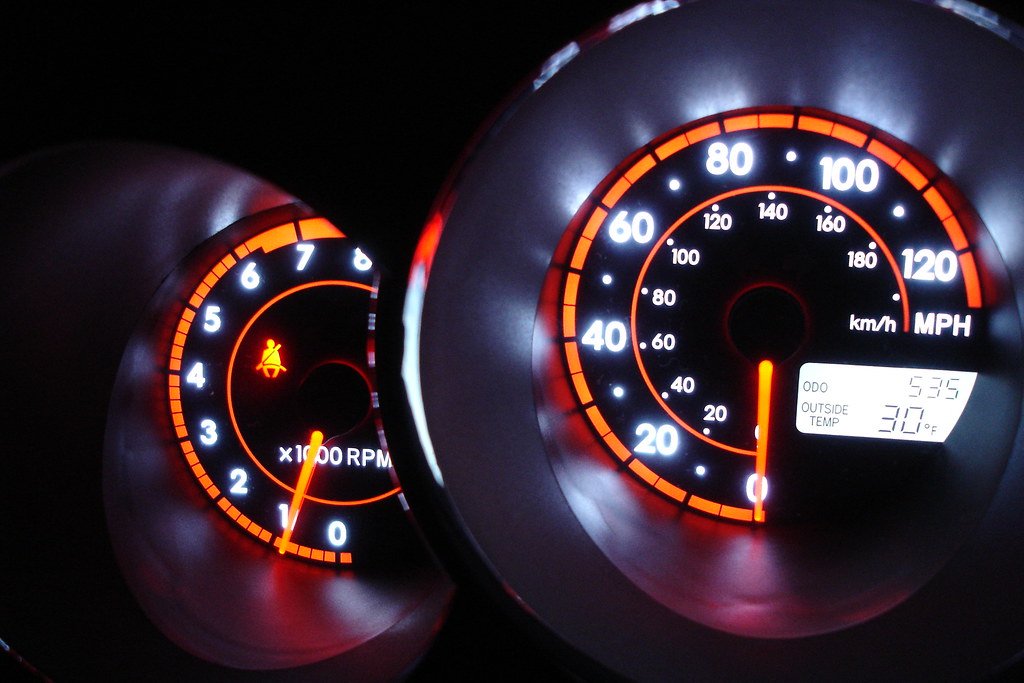
10. **Dashboard Scars: Clues from Service Equipment**Former taxis and police vehicles often bear unique modifications on their dashboards that are distinct giveaways of their past lives. Service-specific equipment, such as meters, dispatch systems, or police radios, needs to be integrated into the vehicle’s cabin. This retrofitting process frequently involves permanent alterations to the dashboard.
Conduct a “really thorough inspection” of the front fascia for any telltale signs. Look for small, circular patches of “adhesive residue” that might remain from glued-on brackets, or even “small holes in surfaces” where equipment was once screwed into place. These marks indicate where mounts for taxi meters, navigation devices, or communications gear were installed and later removed, often leaving behind noticeable imperfections.
Additionally, consider the broader implications of such modifications. While the equipment itself is removed before resale, the underlying wiring may have been altered or left incomplete, potentially leading to future electrical issues. Such dashboard damage, whether in the form of adhesive marks or drill holes, unequivocally signals that the car was outfitted for commercial or government service, providing a clear warning sign to any prospective buyer.

11. **Deciphering the Service Record: More Frequent Than Normal**For a taxi driver or a service agency, their vehicle is their livelihood or an essential tool for public safety. Downtime is to be avoided at all costs, which often translates into a meticulous and frequent maintenance schedule. If you gain access to the vehicle’s service record, scrutinize it for signs of “more regular intervals than the manufacturer’s recommended schedule.” This proactive approach to servicing, designed to prevent breakdowns, is a strong indicator of a former taxi or police vehicle.
Taxi companies, in particular, “often follow strict maintenance schedules to keep their vehicles on the road as much as possible.” While consistent maintenance is generally positive, an “excessive maintenance” history may hint at heavy usage. These frequent services might not always be for major repairs but rather for routine checks, fluid changes, and preventative measures aimed at prolonging the vehicle’s operational life under stressful conditions.
Conversely, a lack of detailed service records should also raise concerns. Although service vehicles are typically well-maintained, the absence of documentation can make it difficult to verify their past care. Therefore, an unusually comprehensive or, paradoxically, an absent service history, both warrant careful consideration when assessing a car’s potential past as a service vehicle.

12. **Evaluating Performance During a Test Drive: Clutch, Brakes, and Gearshift**A test drive is not just about comfort; it’s a crucial diagnostic opportunity, especially when you suspect a car was a former taxi. Taxis spend the majority of their operational lives in “cities and built-up areas, where there’s lots of stop-start driving.” This constant acceleration and braking place immense strain on specific mechanical components, leading to premature wear that can be detected during a drive.
If testing a manual transmission car, pay close attention to the clutch. If it “feels incredibly floppy or has a really high biting point” – meaning the engine begins to apply power very late in the pedal’s travel – it’s a significant indicator of heavy use. Similarly, “weak and ineffective-feeling” brakes, or a brake pedal that feels spongy or requires excessive force, suggest components that have seen thousands of stop-start cycles.
Beyond the clutch and brakes, a “loose, baggy gearshift in a manual transmission is another sure sign of taxi duties.” While clutch and brake components are replaceable, a worn gearshift can be a more complex and costly repair. These observations during a test drive provide direct, experiential evidence of the intense demands placed upon a vehicle that has operated continuously in urban environments.

13. **Unusual Smells and Exterior Paint Clues**The interior scent of a used car can offer surprising insights into its past. Taxis, unfortunately, often ferry passengers who may have had “unfortunate accidents in the interior.” To combat lingering odors from such incidents, “taxi firms often go to town with the cleaning products.” If you detect an “overriding whiff of strong detergents” or any lingering “moisture, dampness, or a strong cleaning agent smell” in an older car’s cabin, it could indicate a recent deep-clean to mask a history of unpleasant spills or incidents.
Beyond scent, the exterior paintwork can also reveal clues. Many taxis are either originally bought or repainted in “distinctive colors, such as yellow,” for easy identification. If a car has an unusual or vibrant color, carefully inspect the paintwork for “any inconsistencies,” particularly around the “door frames.” This can indicate a repaint designed to conceal its taxi history. Furthermore, be wary of cars with vinyl wrap, a cost-effective method sellers sometimes use to alter a car’s appearance without a full repaint.
Even more specific paint clues include “darker spots or marks on the roof where a taxi sign might have been mounted,” or on the “doors where stickers are often applied.” Additionally, check the paint condition around “rear door handles and entry points,” as these areas may show “more scratches or worn paint due to constant use” from frequent passenger activity. These sensory and visual cues provide additional layers of evidence when scrutinizing a potential ex-service vehicle.
Read more about: Don’t Get Stuck with a Lemon: Your Ultimate 2025 Guide to Spotting Used Car Red Flags Before You Buy
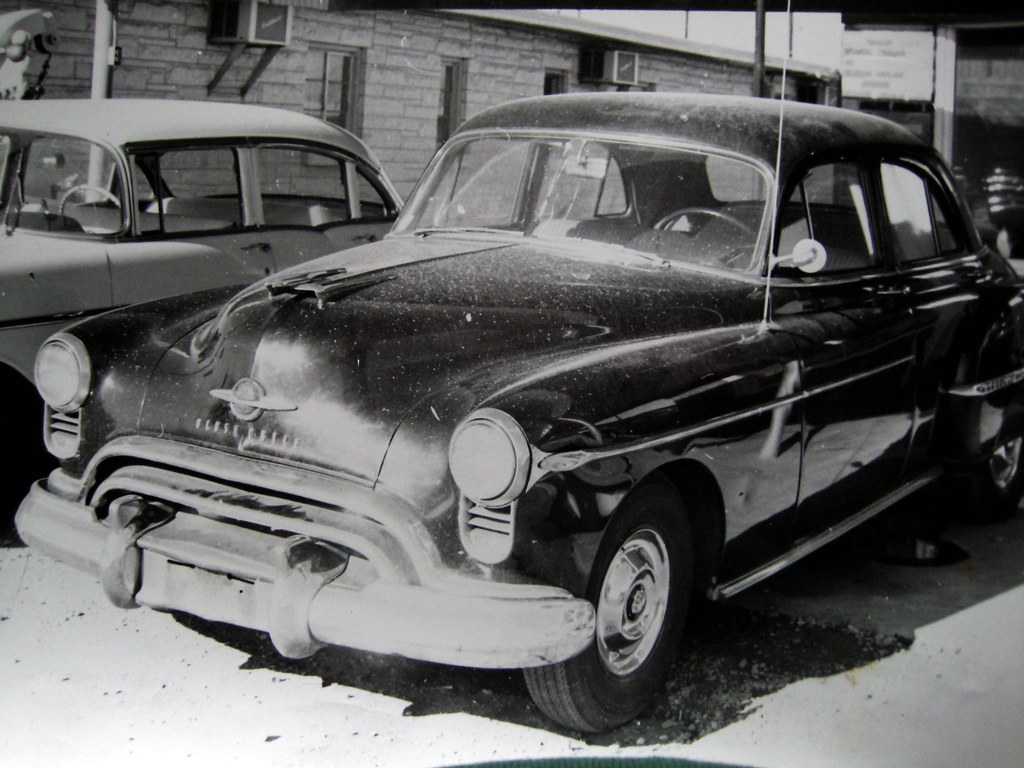
14. **Recognizing Common Service Models and Leveraging Online Verification**Certain vehicle models are inherently more popular for taxi and police fleets due to their reliability, spaciousness, comfort, and affordability to run. These typically include “big, spacious and comfortable cars which are reasonably affordable to run,” as well as “reliable and fuel-efficient hybrids.” Specific examples often cited are “Larger Skoda models with turbodiesel engines, for example, such as the Octavia and Superb,” and “Toyota hybrids… most typically, the Prius.” Other common models include the Mercedes-Benz E-Class and Toyota Corolla. Conversely, if you wish to avoid ex-taxis, “look at cars that don’t have five doors and a big boot,” such as coupes, convertibles, or three-door hatchbacks, as these are highly impractical for taxi services. Taxi drivers typically prefer “larger saloons, five-door hatchbacks, estates and even crossovers or SUVs.”
Once you’ve identified potential red flags and common models, leveraging online vehicle history verification services becomes critical for definitive confirmation. Platforms like Motorscan, HPI Check, Total Car Check, CarAnalytics, MyCarCheck, Instant Car Check, and Carly specifically offer services that “can reveal if any car has previously been used as a taxi or hackney,” or even as a police car. These platforms gather data from official sources, providing detailed, accurate information about a car’s past usage.
Services like HPI Check are renowned for their depth of information and often back their reports with a guarantee, offering extra confidence. Carly even goes a step further by combining history checks with diagnostic tools, allowing you to assess both the car’s past and its current mechanical condition. Utilizing these reputable online services is an indispensable final step, providing the comprehensive verification needed to ensure you’re making an informed decision about a vehicle’s true history, whether it was a taxi, a police car, or any other service vehicle.
Car Model Information: 2014 Toyota Prius v Three
Name: Toyota Prius
Caption: Fifth generation Prius (XW60)
Manufacturer: Toyota
Production: December 1997 – present
ModelYears: 2001–present (US)
Class: ubl
BodyStyle: unbulleted list
Layout: unbulleted list
Sp: uk
Categories: 2000s cars, 2010s cars, 2020s cars, All-wheel-drive vehicles, All Wikipedia articles in need of updating
Summary: The Toyota Prius ( PREE-əss) (Japanese: トヨタ・プリウス, Hepburn: Toyota Puriusu) is a car produced by Toyota since 1997 over five generations. The Prius has a hybrid drivetrain, which combines an internal combustion engine and an electric motor. Initially offered as a subcompact four-door saloon, it has been produced only as a compact five-door liftback since 2003.
The Prius was developed by Toyota to be the “car for the 21st century”; it was the first mass-produced hybrid vehicle, first going on sale in Japan in 1997 at all four Toyota Japan dealership chains, and subsequently introduced worldwide in 2000.
In 2011, Toyota expanded the Prius family to include the Prius v, an MPV, and the Prius c, a subcompact hatchback. The production version of the Prius plug-in hybrid was released in 2012. The second generation of the plug-in variant, the Prius Prime, was released in the U.S. in November 2016. The Prius family totaled global cumulative sales of 6.1 million units in January 2017, representing 61% of the 10 million hybrids sold worldwide by Toyota since 1997. Toyota sells the Prius in over 90 markets, with Japan and the United States being its largest markets.
Get more information about: Toyota Prius
Buying a high-performing used car >>>
Brand: Toyota Model: Prius
Price: $18,495 Mileage: 60,062 mi.
Read more about: Your Definitive 2025 Guide: What to Check When Buying a Used Electric Vehicle
In the unpredictable landscape of used car purchasing, knowledge truly is your most powerful tool. The journey to finding a reliable vehicle, free from the hidden burdens of a hard-working past, hinges on your ability to meticulously inspect, intelligently question, and thoroughly verify. By applying the strategies we’ve outlined—from scrutinizing mileage and interior wear to deciphering service records, conducting a keen test drive, and leveraging advanced online verification tools—you equip yourself to navigate potential pitfalls. Remember, a confident purchase isn’t just about finding a good deal; it’s about securing peace of mind on the road ahead. Don’t leave your investment to chance; empower yourself with the facts and drive away with the assurance that your chosen vehicle genuinely meets your expectations.”

